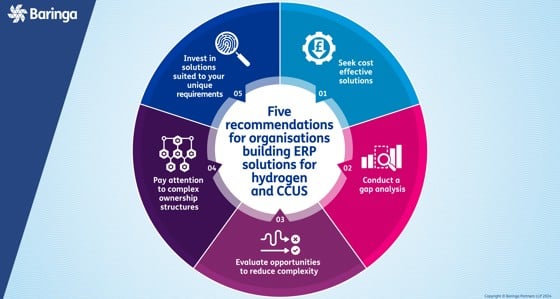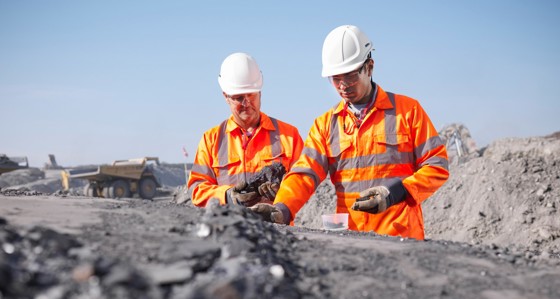The eyes of the world are on Glasgow. But to understand how credible and durable America’s decarbonisation policies are, it’s Washington, not Glasgow, where we should be focusing our attention.
Biden has committed to reducing greenhouse gas emissions by 50% - 52% by 2030 compared to 2005 levels and to net-zero emissions by 2050. At COP, his administration launched a new report laying out its long-term strategy for making this a reality. But unless Biden’s Build Back Better bill makes it through Congress next week, any pledges made at COP26 are meaningless.
If passed, the $555 billion allocation to the climate agenda proposed by the president will become the largest single climate investment in US history. But if the Build Back Better bill doesn’t make it through Congress, then Biden will struggle to move beyond what Greta Thunberg calls ‘blah’. The federal regulatory commitments to tackle methane leaks that have been announced are welcome, but it is uncertain what they will mean for existing oil and gas infrastructure on non-federal land, where state level policy has traditionally been dominant.
The United States is already well behind the European Union in terms of decarbonisation policy maturity and they could fall further behind without a breakthrough. The way things are looking, it’s a stark possibility that Biden could well see his first term delivering no real progress towards achieving his emissions targets. The real problem Biden faces is durability, the depth and breadth of political support, where the US lags behind the other three major emitters, namely China, India and the EU. A lack of bi-partisan support over energy policy and climate change is frustrating Biden’s ability to push forward on his agenda.
Looking at the US’ emissions since 2005, there is a definite downward trajectory, but without new policies passing Congress this progress will flat line according to Climate Action Tracker. Biden hopes for a radical shift pushing the United States towards a Paris aligned pathway. His most aggressive policies come in the power generation sector, where he hopes for zero emissions by 2035, but transport and particularly electric vehicles also play a key role. Should it come, then the approval of these policies in Congress will allow the US to become the climate change leader it so keenly wishes to be.
The next step, turning these pledges into action, will depend on numerous factors, including but not limited to the evolution of technologies, the specifics of policy and regulatory packages, and socioeconomic factors such as the economic growth, demographic shifts and market prices across commodities and fuels. The country’s transition will require a multi-pronged approach, with the private sector, the sub-national and federal governments moving collaboratively in the same trajectory to generate new regulation, direct investment, and programs at all levels of the US government.
How credible and durable are the climate commitments made at COP26?
Baringa Partners has created a Credibility & Durability index that evaluates a country’s emissions commitments and then measures these commitments to determine if they are on the right course.
The index specifically looks at:
Credibility: A measure of policy maturity. How developed is domestic decarbonisation policy in relation to Net Zero? Are rhetorical commitments backed up with substantial policy?
Durability: A measure of the depth and breadth of political support. How vulnerable is the energy transition to political and economic shocks?
Explore the index in relation to the world’s 4 largest emitters: the US, the EU, India and China.
Related Insights

Commodities and energy trading video series
Join us as we delve into key areas that are shaping the trading industry
Read more
Powering the energy industry’s green future: Five recommendations for building ERP solutions for hydrogen and CCUS
Hydrogen and CCUS companies are ideally positioned to shape energy’s new digital future. But there are key areas of uncertainty that are preventing companies from taking final investment decisions
Read more
What is the impact of Australia's carbon policy on the mining sector, and how can companies adapt?
As Australia strives to reduce its carbon emissions and transition towards a low-carbon economy, the mining industry has found itself at the centre of policy attention.
Read more
Collaborate to innovate: overcoming blockers to decarbonisation at scale
Collaboration and innovation will drive progress against a backdrop of policy uncertainty. So let’s get some momentum.
Read more